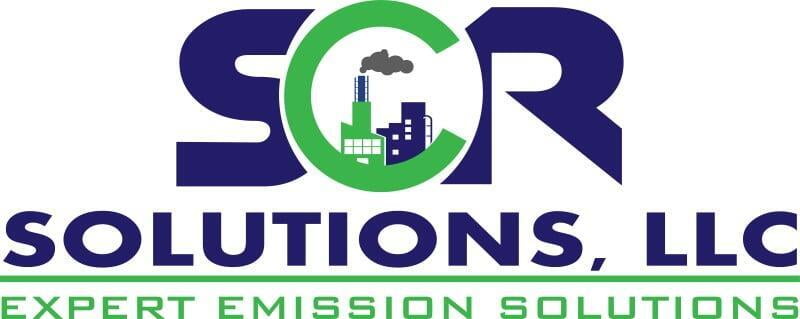The use of unique field testing methods and CFD modeling are discussed for improving ammonia distribution in combined cycle applications. Two case studies are provided.
Case Study 1
A 2×1 combined cycle plant powered by W501FC+ gas turbines was experiencing high exhaust-gas pressure drop through its HRSG’s LP evaporator, IP economizer, and HP economizer sections since plant startup in 2000. The conclusion was that the fouling was caused by high ammonia slip from the SCR, causing ammonium bisulfate (ABS) forming on the finned tubes. Field testing showed very high ammonia slip areas in the catalyst bed, and AIG tuning was ineffective. Detailed CFD modeling of the entire HRSG was performed to determine the cause of the poor ammonia distribution and high ammonia slip. The CFD modeling determined that although the velocity distribution was quite uniform at both the CO and SCR catalyst inlets, the ammonia distribution was very poor at over 70% RMS—well beyond the goal of 10% RMS—at the inlet to the SCR catalyst. A redesign of the AIG was performed in the modeling, and improved the ammonia distribution to less than 7% RMS. Once the design was finalized with the modeling, it was transferred to engineering drawings and released for fabrication. After the outage was completed, initial startup data showed significant reduction in ammonia flow, which translated into reduced localized ammonia concentrations. Ammonia usage decreased by 15% to 25%, and pressure drop in the LP evaporator, IP economizer, and HP economizer sections has held steady. The result has been a reduction in plant operating cost through the reduction of ammonia usage, avoiding the operating efficiency loss experienced with ABS fouling, and has greatly reduced the future costs to clean the ABS.
Case Study 2
A 1×1 combined cycle plant powered by Siemens 501D5 gas turbine was experiencing NOx and ammonia slip that was above their 2ppm stack permit limits. New catalyst was recently installed and was determined to be performing properly, so the ammonia slip issue was determined to be an SCR system issue. Field testing showed poor ammonia distribution entering the SCR catalyst. AIG tuning was attempted, but there were not enough control zones in the AIG to make any appreciable improvement. The origin of the poor distribution was unclear, so CFD modeling was performed. The CFD results showed that the AIG itself was primary cause of the poor distribution and was not able to meet the tight emission requirements. Ammonia distribution was on the order of 25% RMS whereas the catalyst required distribution less than 10% RMS to perform as expected. CFD was used to redesign the AIG and the modeling showed that the distribution could be improved to less than 6% RMS but redesigning the AIG. Once the design was finalized with the modeling, it was transferred to engineering drawings and released for fabrication. Field testing showed similar distributions to the CFD predictions, and the plant was able to easily stay within the 2ppm NOx and ammonia slip limits.
